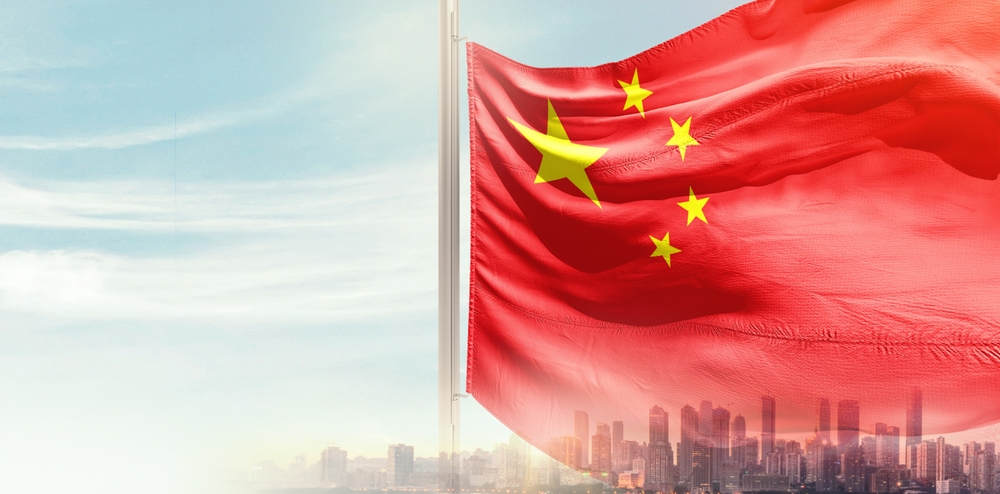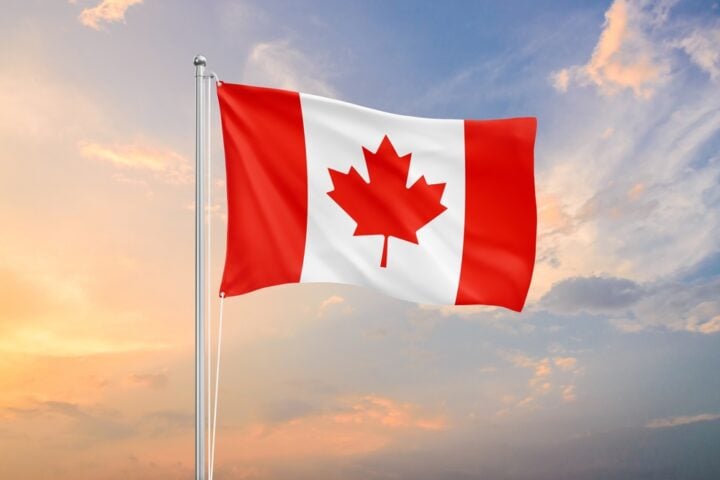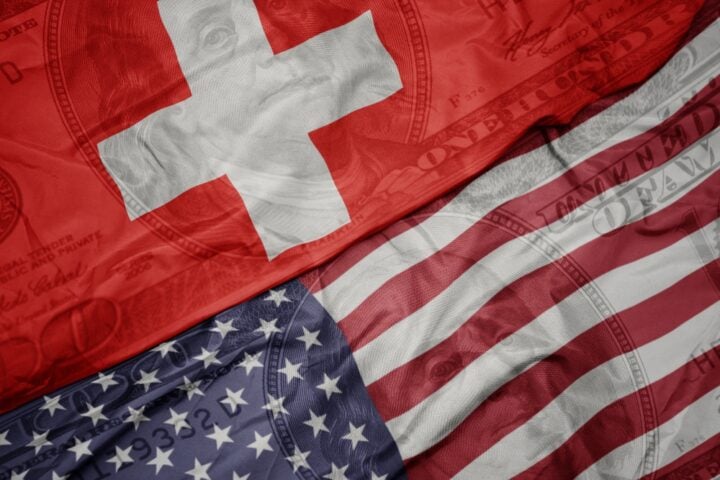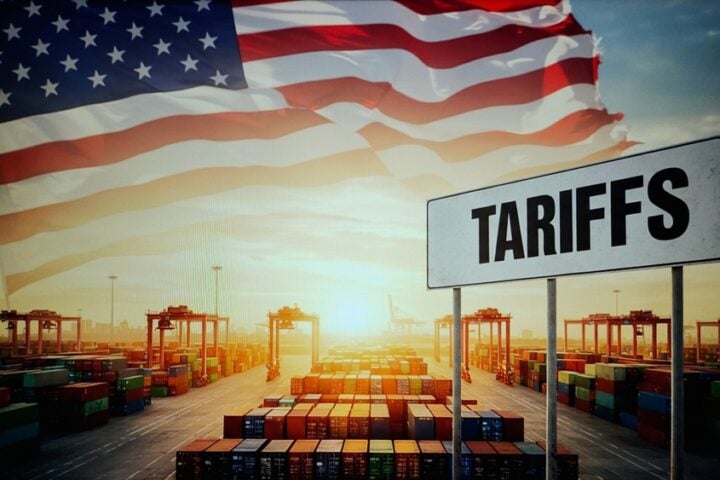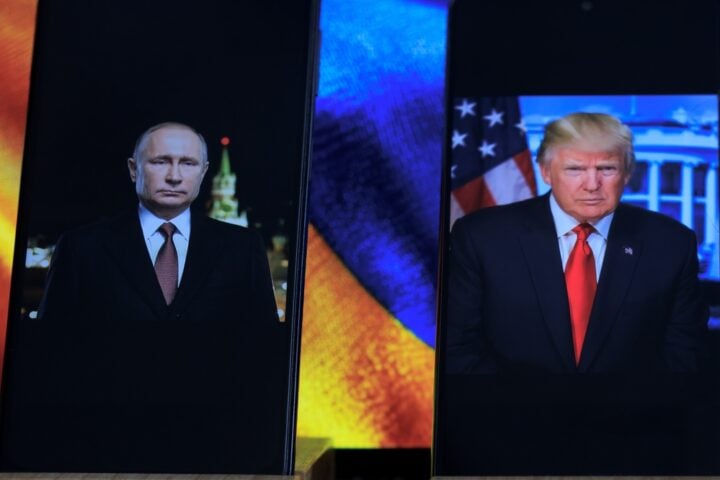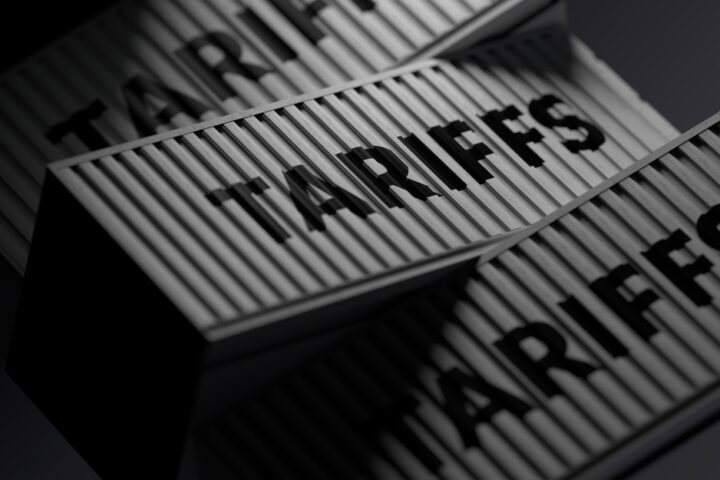China affirmed its recent policy shifts and emphasized plans to boost growth during a high-level economic planning meeting that concluded on Thursday. Led by President Xi Jinping, the meeting called for proactive fiscal policies, including increasing the deficit and issuing more ultra-long bonds in the coming year.
Monetary Policy to Become More Accommodative
The conference also confirmed plans to moderately loosen monetary policy, such as lowering interest rates. This sentiment echoes a recent Politburo meeting, where the term “moderately loose” monetary policy was used—a phrase not seen since the global financial crisis in 2008. This signals heightened urgency to support China’s slowing economy and prepare for potential trade tensions with the U.S. as President-elect Donald Trump returns to the White House.
Market Reactions
The report of the meeting came after the close of the mainland China market. The iShares China Large-Cap ETF (FXI) rose by 0.8% in premarket trading before paring gains, indicating a cautious optimism among investors regarding China’s economic direction.
Preparing for Potential US Tariffs
China is bracing for challenges as Trump has vowed to impose 10% tariffs on all U.S. imports of Chinese goods starting in January. Chinese leaders noted an increase in “external challenges” and called for boosting consumption, increasing effective investment, and supporting technological innovation to mitigate potential economic impacts.
Analysts Interpret Government Signals
Zhiwei Zhang, president and chief economist at Pinpoint Asset Management, interpreted the meeting’s outcomes as an indication that the government will set the growth target at around 5% for next year, similar to this year’s target. “The direction of policies is clear, but the size of stimulus matters, which we probably will find out only after the U.S. announces tariffs on China’s exports,” Zhang said.
Shift Toward Domestic Demand
Economists like Bruce Pang, chief economist of Greater China at JLL, observed that top leaders are shifting focus from the industrial sector to enhancing domestic consumption and investment. “This pivot underscores the pressing need to enhance domestic demand to better navigate external uncertainties,” Pang noted.
Plans to Open Up the Economy Further
The meeting also highlighted plans to further open China’s economy, even without reciprocal actions from other countries. For instance, China has offered residents of Japan and several other countries the ability to visit for at least two weeks without a visa, while Japan maintains stricter requirements for Chinese visitors.
Recent Stimulus Measures and Economic Indicators
Since late September, Chinese officials have ramped up stimulus measures, including interest rate cuts, easing property purchase requirements, providing liquidity support for stock markets, and announcing a 10-trillion-yuan ($1.4 trillion) stimulus package over five years to address local government debt issues.
Despite these efforts, recent economic data indicate that deflationary pressures persist. Consumer price inflation fell to a five-month low in November, and the producer price index declined for the 26th consecutive month.
Outlook for 2025
While specific policy details will be announced at the National People’s Congress in March, it is widely expected that Beijing will maintain its GDP growth target at “around 5%” for next year. Policymakers may also set a higher budget deficit target of up to 4% of GDP to allow for increased central government borrowing to support the economy.


